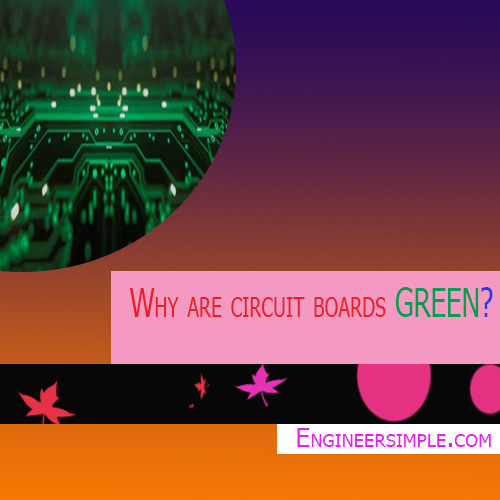Photo-diode
Photo-diode
photodiodes-A photo-diode is a reverse-biased silicon or germanium pn junction in which reverse
current increases when the junction is expose to light.
The reverse current in a photo-diode is directly proportional to the intensity of
light falling on its pn junction. This means that greater the intensity of light falling on the
pn junction of photo-diode, the greater will be the reverse current.
Principle. When a rectifier diode is reverse biase, it has a very small reverse
leakage current. The same is true for a photo-diode. The reverse current is produce by
thermally generated electron-hole pairs which are swept across photodiodes the junction by the
electric field created by; the reverse voltage. In a rectifier diode, the reverse current
increases with temperature due to an increase in the number of electron-hole pairs. A
photo-diode differs from a rectifier diode in that photodiodes when its pn junction is expose to light ,
the reverse current increases with the increase in light intensity and vice-versa. This is
explained as follows.
When light (photons) falls on the **pn junction, the energy is
imparted by additional free electrons will increase the reverse current. As the intensity of
light incident on the pn junction increases, the reverse current also increases. In other
words, as the incident light intensity increases, the resistance of the device (photo-
diode) ***decreases.
Photo-diode package.
Fig. 1(i) shows a typical photo-diode package. It
consists of a pm junction mounted on an insulated substrate and sealed inside a metal
case. A glass window is mount on top of the case photodiodes to allow light to enter and strike the
pn junction. The two leads extending from the case are label anode and cathode. The
cathode is typically identify by a tab extending from the side of the case.
Fig. 1 (ii) shows the schematic symbol of a photo-diode. The inward arrows
represent the incoming light.

Also available is the common-cathode type where all cathode are connected together.
** This is true only if the light energy is applied at the junction. If it is applied to the crystal at
some distance from the junction, the free electrons and holes will recombine (thus neutralizing each
other) before they can join the flow of reverse current.
*** It is for this reason that semiconductor devices such as diodes and transistors are usually
enclosed in opaque case to protect them from light. Those diodes or transistors which are used for light-
detecting, on the other hand must be encased in transparent plastic or glass so that light may fall on
them,
To visit our another post, click here...
To visit our another website, click here...

.png)




.png)